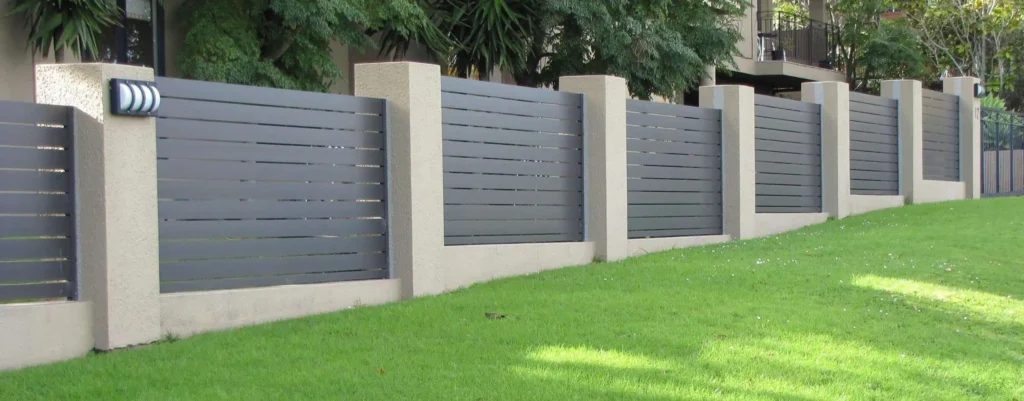Editorial Guidelines

At Fencing Kapiti, we are committed to producing reliable, professional, and insightful content that empowers homeowners, developers, property managers, and tradespeople across the Kapiti Coast. Whether we’re explaining the pros and cons of timber versus Colorbond fencing, offering seasonal care tips, or providing updates on local fencing regulations, every piece of content we publish reflects the core values of our company: clarity, craftsmanship, and community trust.
These editorial guidelines serve as a roadmap for our internal content team, external writers, partners, and marketing contributors. They ensure that all published content reflects the tone, quality, and mission of Fencing Kapiti — while maintaining relevance, accuracy, and accessibility for our diverse audience.
1. Accuracy and Expertise
Every article, guide, or blog published by Fencing Kapiti must be rooted in fact and based on real-world experience.
- Industry Knowledge: All content should demonstrate familiarity with fencing materials, design trends, installation processes, maintenance practices, and regional compliance requirements.
- Fact-Checking: All technical information — such as fencing heights, council regulations, and safety standards — must be verified against credible sources like the NZ Building Code or local Kapiti Coast District Council documentation.
- Credible Sources: When referencing external studies, stats, or regulations, always include links to the original source. Transparency is key.
2. Tone and Brand Voice
The tone of Fencing Kapiti should reflect our position as a trusted local fencing expert:
- Professional but Approachable: Write with confidence, but avoid jargon or overly complex language.
- Supportive and Helpful: Empower readers to make informed choices, whether planning a fence upgrade or handling routine maintenance.
- Clear Communication: Explain industry terms (e.g., post caps, boundary fencing, privacy screening) in simple language that a homeowner can understand.
3. Formatting and Readability
Content from Fencing Kapiti must be user-friendly, visually accessible, and easy to navigate.
- Use H1 for main titles, H2 for sections, and H3 for subsections.
- Break content into short paragraphs (2–4 sentences max).
- Use bullet points, numbered lists, and bold formatting for emphasis.
- End with a clear call to action, such as “Contact Fencing Kapiti for a free site visit.”
4. SEO and Discoverability
We optimize our content so it’s discoverable by those searching for fencing services in the region.
- Natural Keyword Integration: Use relevant terms like “timber fencing Kapiti,” “fence repairs,” or “pool fencing regulations” without keyword stuffing.
- Meta Descriptions: Every page or blog should include a concise, engaging summary for search engine listings.
- Internal Linking: Where appropriate, link to related service pages or blog posts on the Fencing Kapiti website to improve site navigation and user experience.
5. Originality and Ethics
Everything published by Fencing Kapiti should be authentic and ethically produced.
- No Plagiarism: All content must be original and created specifically for our site or client base.
- Proper Attribution: When using third-party images, statistics, or quotes, include clear and correct attribution.
- Human Review: While AI tools may assist in drafting, every piece must be reviewed and approved by a human editor.
6. Visual Media Guidelines
Photos and diagrams bring our projects to life and should reflect the workmanship of Fencing Kapiti.
- Relevance: Prioritize real images of fencing work completed by Fencing Kapiti—timber panels, gate installations, pool fences, etc.
- Quality: Only use high-resolution, mobile-friendly images.
- Compliance: Ensure images are original or appropriately licensed for commercial use.
7. Key Content Themes
Editorial content should support the goals and services of Fencing Kapiti through these themes:
- Homeowner Guides: Fencing options, design trends, budgeting tips, and material comparisons.
- Project Highlights: Showcasing completed work, customer success stories, and before-and-after transformations.
- Regulatory Insights: Explaining local bylaws, safety requirements, and council permitting.
- Maintenance Advice: Tips for weatherproofing, cleaning, and long-term fence care.
8. Workflow and Review Process
Each piece of content goes through a structured process to maintain quality and consistency.
- Draft Review: Check for tone, clarity, and factual accuracy.
- Editing Phase: Improve grammar, optimize formatting, and refine keyword use.
- Final Approval: Sign-off by the editorial lead at Fencing Kapiti.
- Ongoing Audits: Periodic reviews to ensure content stays current and aligned with industry updates.
9. Accessibility and Inclusion
At Fencing Kapiti, we aim to create content that speaks to everyone.
- Inclusive Language: Avoid gender-specific, cultural, or age-based assumptions.
- Clarity for All: Write for both first-time homeowners and construction-savvy readers.
- Transparency: Clearly disclose if any content is sponsored or includes affiliate recommendations.
10. Content Updates and Relevance
Building practices, regulations, and materials evolve — and our content should, too.
- Content Reviews: Audit evergreen articles every 6–12 months.
- Corrections: Address factual errors quickly and transparently.
- Content Expansion: Add new information when better materials, techniques, or regulations emerge.
Want to Contribute?
Do you have expertise in fencing design, installation, materials, or maintenance on the Kapiti Coast? We welcome professionals interested in contributing articles, project features, or case studies that align with our values.
📧 Email: info@fencingkapiti.co.nz
👉 Or Contact Us Here to express your interest and share your ideas.
Join Fencing Kapiti in creating New Zealand’s most trusted source of fencing knowledge — from choosing materials and understanding council codes to protecting what matters most. Help us deliver content that is educational, ethical, and valuable to our community.



